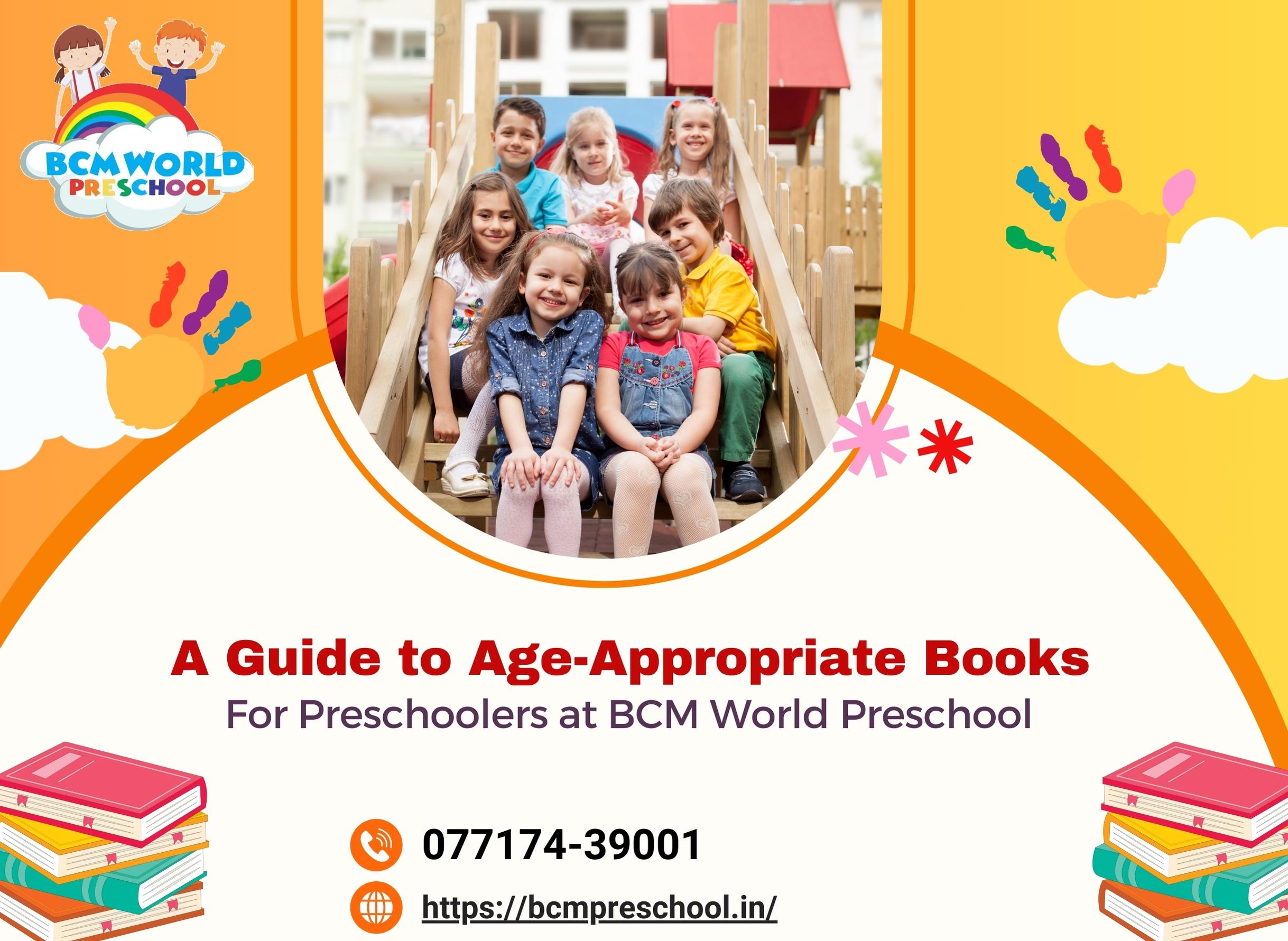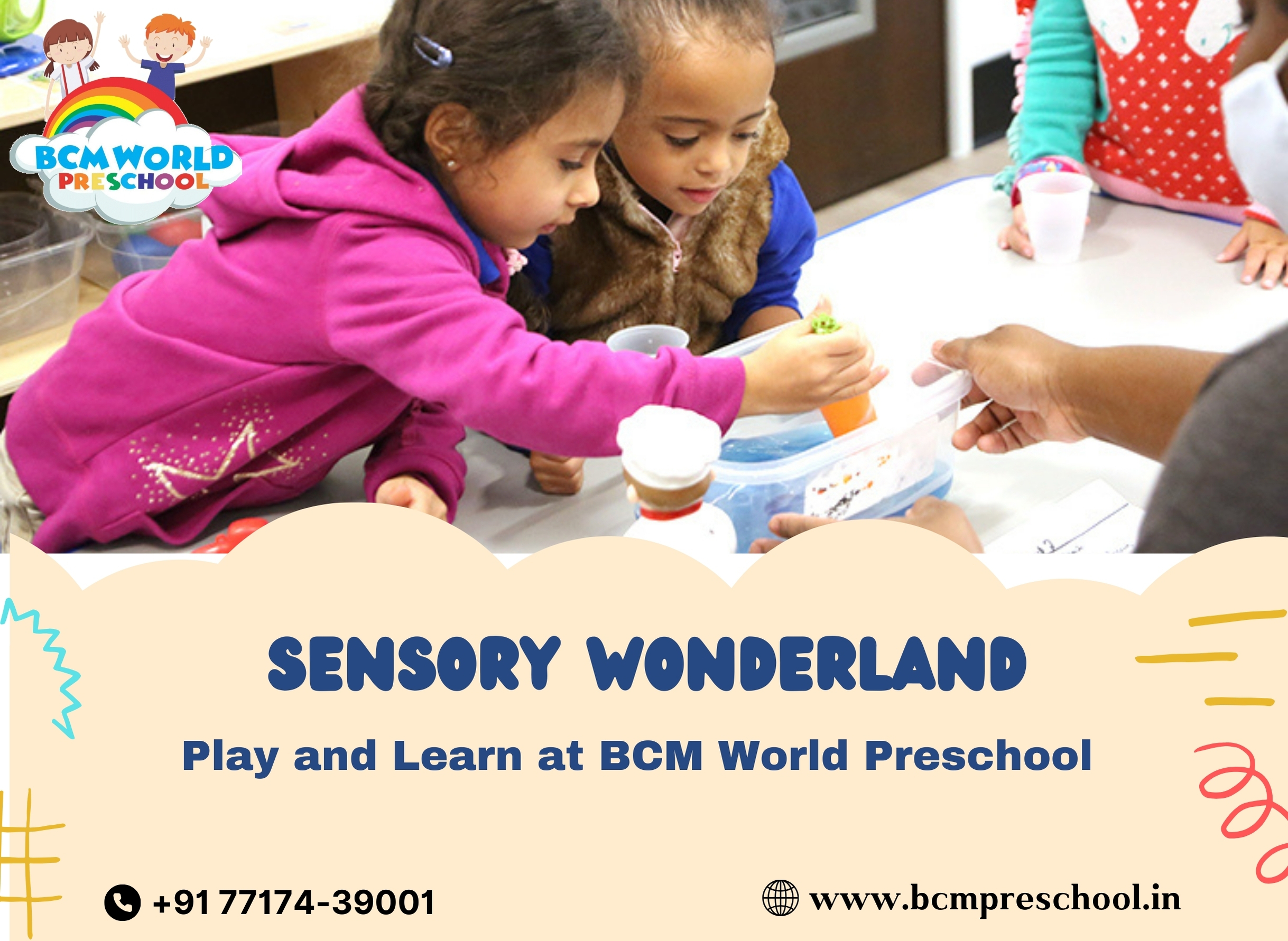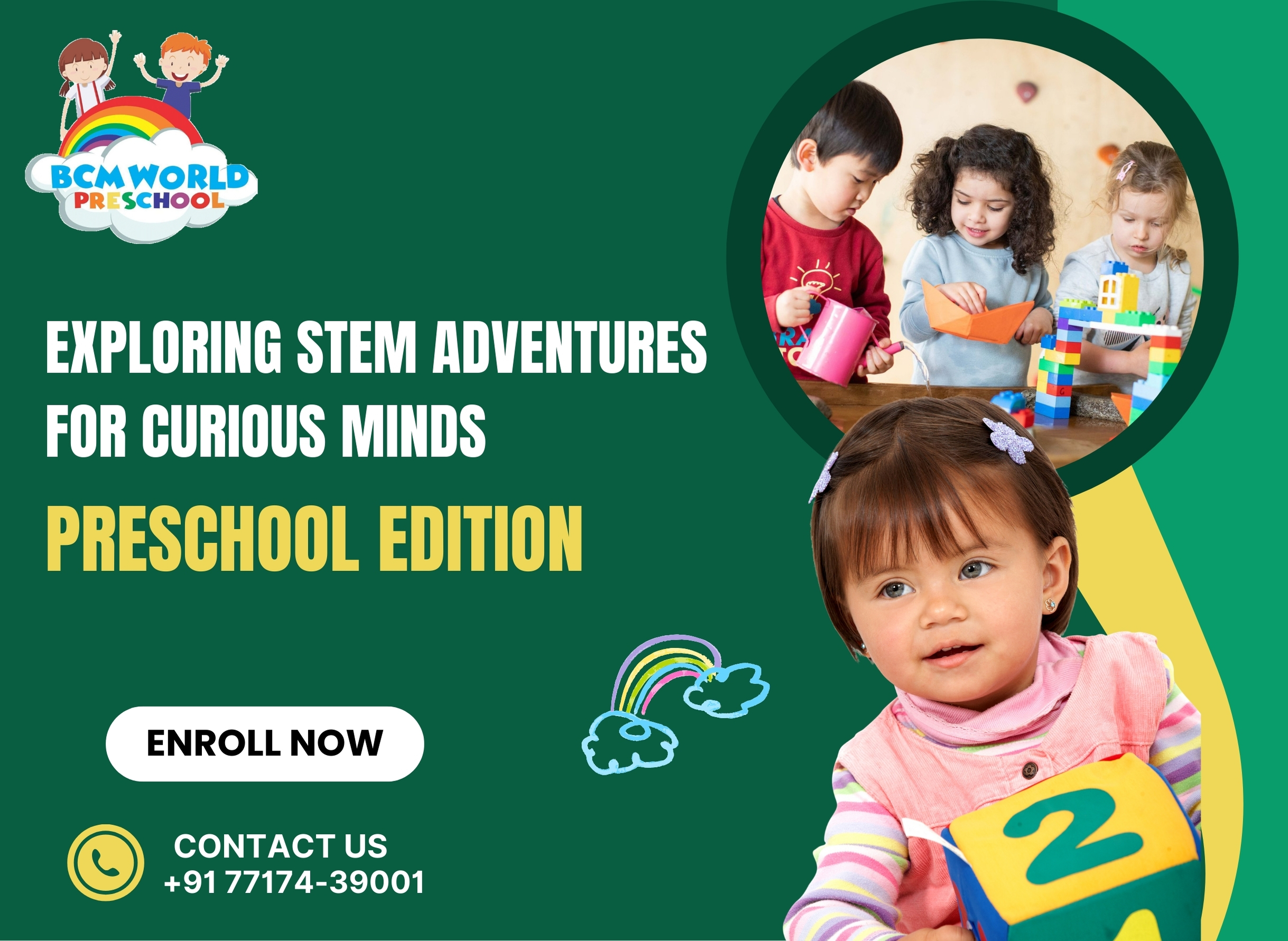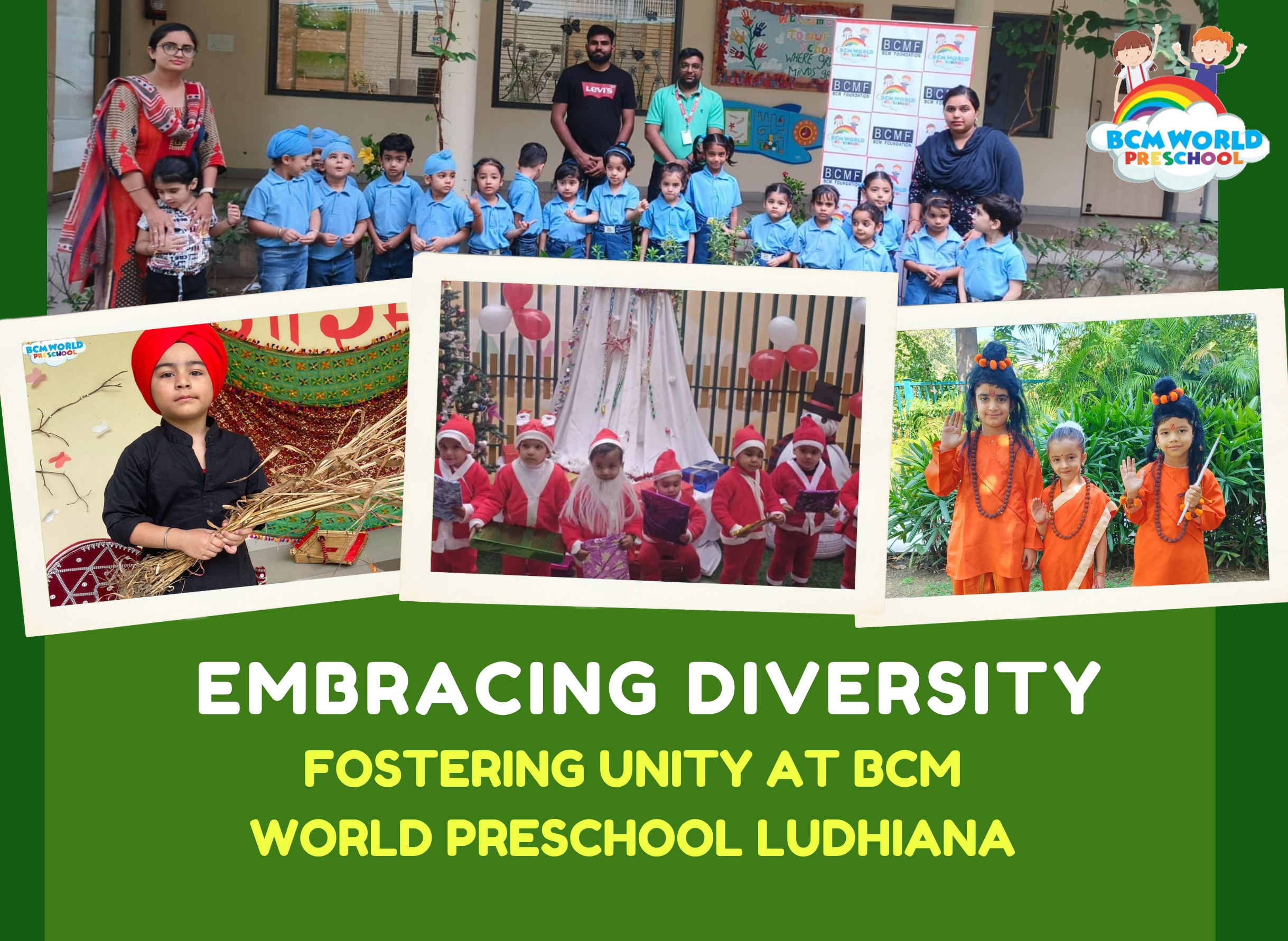At BCM World Preschool in Ludhiana, we believe in the transformative power of reading to nurture young minds. In this article, we embark on a literary journey, delving into age-appropriate book recommendations for preschoolers. Alongside these recommendations, we’ll provide insightful reviews and valuable tips to make the reading experience not only educational but also a source of joy and interaction.
Choosing the Right Books:
1. The Importance of Age-Appropriate Selections:
Selecting books that align with a preschooler’s developmental stage is paramount. Begin with sturdy board books adorned with vibrant illustrations and featuring simple text, specifically designed for the youngest readers. These books provide a tactile experience, allowing toddlers to explore with their hands while enjoying visual stimulation. As children progress in age and cognitive abilities, gradually introduce picture books with more complex narratives that ignite their imagination and curiosity. By aligning book choices with developmental milestones, parents and educators create an enriching reading experience that evolves alongside the child.
2. Themes that Resonate:
Choosing books with themes that resonate with preschoolers creates a meaningful connection between the story and their everyday experiences. Seek out tales that explore concepts such as friendship, family dynamics, animals, and daily routines. Stories with relatable themes not only capture a child’s interest but also make the reading journey more enjoyable and relatable. Through these stories, preschoolers can see reflections of their own lives, fostering a sense of connection to the narratives and characters within the pages. This resonance enhances their engagement with the material and strengthens the bond between the child and the world of literature.
3. Interactive Elements:
To make the reading experience truly immersive, prioritize books with interactive elements. Seek out titles that feature lift-the-flap components, touch-and-feel textures, or simple puzzles within the pages. These interactive elements not only capture a child’s attention but also contribute to the development of sensory and motor skills. Tactile engagement with different textures and the exploration of movable parts create a multisensory experience, enhancing the overall enjoyment of the story. Integrating these interactive elements into the reading routine makes each book a dynamic and engaging adventure for preschoolers.
Book Recommendations and Reviews:
1. “The Very Hungry Caterpillar” by Eric Carle: This timeless classic introduces preschoolers to the concept of days of the week, numbers, and metamorphosis. The vibrant illustrations and simple storyline captivate young readers, making it an ideal choice for interactive learning about nature and counting.
2. “Brown Bear, Brown Bear, What Do You See?” by Bill Martin Jr. and Eric Carle: This repetitive and rhythmic story introduces colors and animals, making it an excellent choice for language development. The predictability of the text allows children to actively participate in reading, promoting engagement and comprehension.
3. “Goodnight Moon” by Margaret Wise Brown: A bedtime favorite, “Goodnight Moon” is a soothing and rhythmic story that aids in establishing a bedtime routine. The repetitive text and calming illustrations create a comforting atmosphere, making it a perfect choice for winding down before bedtime.
4. “Where the Wild Things Are” by Maurice Sendak: This imaginative tale explores emotions and the power of a child’s imagination. The captivating illustrations and relatable themes of adventure and emotions make it a valuable addition to preschool reading lists, sparking creativity and empathy.
Tips for Making Reading Interactive and Fun:
1. Engaging Storytelling:
Transforming reading into a captivating and interactive experience begins with engaging storytelling. Infuse life into stories by using different voices for characters, allowing the narrative to come alive. Incorporate gestures and expressions that complement the storyline, creating a visual dimension to the words on the page. Encourage active participation by inviting preschoolers to mimic sounds, repeat phrases, or even act out parts of the story. This interactive approach not only enhances comprehension but also turns reading into a memorable and dynamic adventure that captures the imagination of young readers.
2. Create a Reading Nook:
Elevate the reading experience by designating a dedicated reading nook within the home or classroom. Craft a cozy corner adorned with comfortable cushions, soft blankets, and gentle lighting. This specially curated space sets the stage for an immersive reading journey, making each session a unique and inviting activity. A well-designed reading nook provides a sense of comfort and security, encouraging preschoolers to associate reading with a pleasurable and calming environment and fostering a love for books and exploration.
3. Discussion and Reflection:
Foster comprehension skills by actively engaging preschoolers in discussions about the story. Pose open-ended questions that encourage them to share their thoughts, predictions, and interpretations. This not only stimulates critical thinking but also nurtures communication skills. Encourage preschoolers to reflect on the characters’ actions, the plot’s progression, and their favorite parts of the story. Through these discussions, children develop a deeper understanding of the narrative, enhancing their overall literacy skills while cultivating a sense of curiosity and exploration.
Conclusion
At BCM World Preschool in Ludhiana, we recognize the profound impact of age-appropriate books on a child’s early development. By recommending captivating stories and providing insightful reviews, we aim to inspire a love for reading in preschoolers. Implement these tips to make reading interactive and enjoyable, creating a foundation for a lifelong appreciation for literature. Enrich your child’s preschool experience at BCM World Preschool by cultivating a love for learning through the magic of books in Ludhiana.










